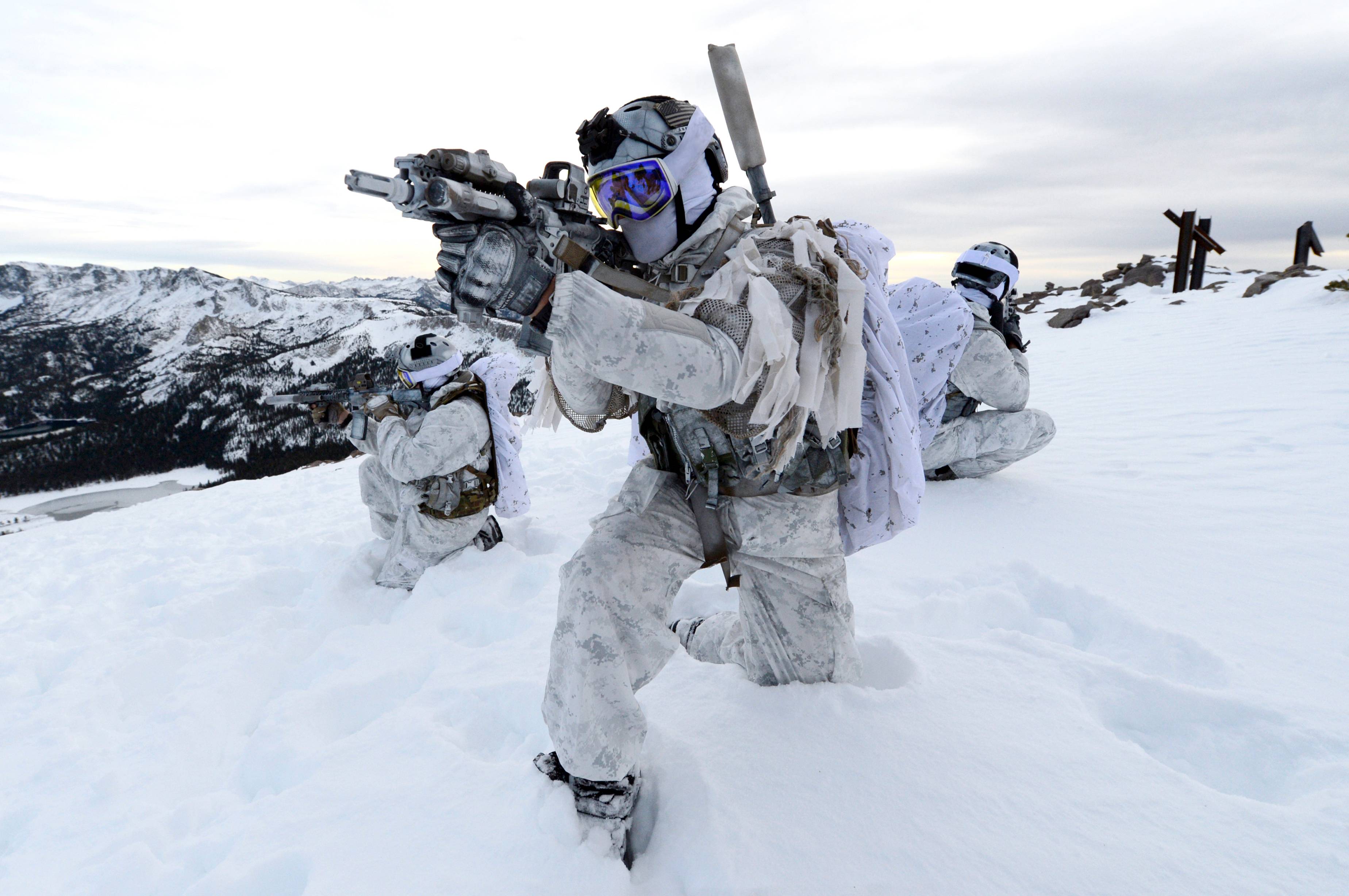Going on your first elk hunt can be an extremely daunting experience, especially if you’re trying to do it on your own without a seasoned elk hunter or guide. There are some basic things to pay close attention to when starting out, that will put you years ahead without the struggles and failures.
Scouting
Locating elk within your unit can be one of the biggest initial challenges. Avoid overcommitting to a spot, i.e., backpacking into a spot for an extended period, without first scouting it and confirming there’s elk in the area, during your season. If you’re summertime scouting for an archery hunt in September, look for wallows, rubbed trees, old elk tracks and scat.
Using quality optics can be one of the best tools in an elk hunters kit. It’s crucial to be at your designated glassing spot 15 minutes prior to daylight. This gives you ample time to cool off from hiking, get setup and settled into position, and listen to the mountain wake up around you.
During the early season, you can typically count on elk moving into their bedding grounds where they won’t be as visible, within the first hour or two of daylight. In the evenings during hot early season hunts, they often won’t feed out into the open until the last 30-45 minutes of daylight so plan on glassing until dark.
During late season hunts (November-December) mature bull elk are in remote pockets recovering from the rut staying relatively isolated and rotating between feed, water, and bedding grounds in a patterned manner.
If you cannot physically scout your unit, take full advantage of map applications like Google Earth and OnXMaps. You can use these to locate access points, water, feed, bedding grounds, trails, and hidden pockets.
Know the Wind
A common hunting phrase is, “Elk can hear you 3 times, see you twice, but only need to smell you once.” You simply cannot beat an elk’s nose if they are downwind of you. There’s no product or potion that is going to prevent it. The standard wind pattern in mountainous terrain is the cool down draft in the mornings, which swiftly shifts to an uphill breeze as the sun warms the ground. In the evenings, as the sunsets, it will switch again as the cool air settles to the bottoms of drainages. In general, the steeper the terrain, the more consistent the wind patterns.
Bugling Bulls
Successful archery elk hunters (during the rut) seem to have a very consistent approach
to call in elk. While everyone’s detailed tactics vary, the basic approach seems very consistent. Call more aggressively, less often.
- Locate the elk (via glassing or calling)
- Check the wind, and maneuver as close as you can get to the herd without being spotted, and without calling.
- Aggressively bugle and “rake” (loudly rubbing trees with a good-sized stick).
- Get ready to shoot.
One of the most common mistakes novice elk callers make is overcalling, calling repeatedly to a rutting bull while chasing the herd all over the mountain. It’s important to try to get as close as possible to the herd with as minimal calling as possible.
Calling setups work best with a designated caller (about 80-100 yards behind the shooter) and designated shooter. This keeps the bulls attention on the caller, and prevents the bull from hanging up out of range when he feels he should see the elk making the calls. Once you have a bull in range, the rest is up to you.
Good luck, stay safe, and check out the next article on how to field dress your kill.




%201.svg)










